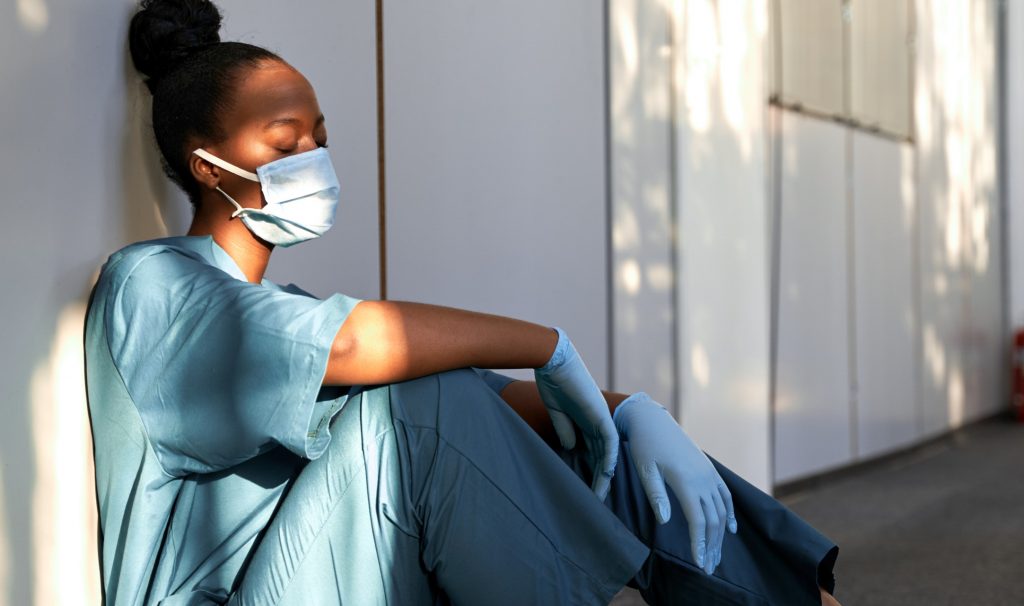North American medical residents have higher levels of burnout

March 18, 2021
North American resident physicians are nearly twice as burned out as their European counterparts, a research review has found, a situation that may be worsened by the COVID-19 pandemic.
In a peer-reviewed paper published by CMAJ Open, a review summarizing data from over 40,000 residents across 47 countries shows that 47 per cent of residents globally are burned out, with rates significantly higher in North America (51 per cent) compared to Europe (31 per cent).

“This is us hypothesizing, but we think it relates to the culture of medicine here as opposed to Europe,” said lead author Leen Naji, assistant clinical professor (adjunct) of McMaster’s department of family medicine.
Naji and co-author Zahra Sohani, a clinical epidemiologist and internal medicine resident at McGill University, used information from 114 separate studies published over two decades to compile their CMAJ Open report. Naji and co-authors conducted analyses to trend burnout rates over decades and by region, as well to identify factors linked to higher rates of burnout.
Unlike Canada, European countries have laws regulating how many hours people can work and when they should take breaks, and it is possible that these labour protection laws can protect against burnout, Naji says.
In Ontario, physician residents work with a collective agreement negotiated by the Professional Association of Residents of Ontario (PARO) with the Council of Academic Hospitals of Ontario (CAHO).
Unfortunately, these are not always honored, said Naji. For example, PARO says residents need to be given their schedules 14 days in advance but often only receive them the day before.
“It obviously makes them feel like, ‘My program does not respect my time’,” Naji says.
The report defines burnout as “physical, emotional, and mental exhaustion, resulting from long term involvement in emotionally taxing situations.”
Left untreated, it can impact patient health outcomes, physician well-being, productivity and even lead to suicides, the paper says.
COVID-19 has made the situation worse, said Naji, as the residents working on the pandemic’s frontline are unable to complete their elective rotations in chosen fields, missing out on professional references and fellowship opportunities.
“Certainly with the pandemic, physicians may have felt ostracized by society due to being high risk carriers of infection, even before all the social separation practices were in place,” she says.
“In addition to having to deal with this sense of isolation, residents have the least control over their work schedules, and are being redeployed to help manage staff shortages or COVID wards, for instance.”
But there are made-in-Canada solutions, even in the absence of European-style labour protections, she says.
Instead of focusing interventions on individual residents to reduce burnout, we should adopt a systemic approach, Naji says.
“We have focused on the individual for decades, and our paper shows that we have failed to have an impact on burnout rates,” she says.
“Our paper has shown that factors we have traditionally thought caused burnout, such as program of study, sex or family situation, have actually not been linked to burnout in the majority of studies.”
Naji suggests focusing on organizational-level change, such as by building a sense of collegiality and camaraderie among residents, as well as offering them protected time to debrief, air any grievances or just vent after a hard week if they feel the need.
Parveen Wasi, associate dean of the post-graduate program of the Michael G. DeGroote School of Medicine, agreed that burn-out is an important issue.
“It’s been worsened by the pandemic, and we do need to do more to help our medical residents.”


